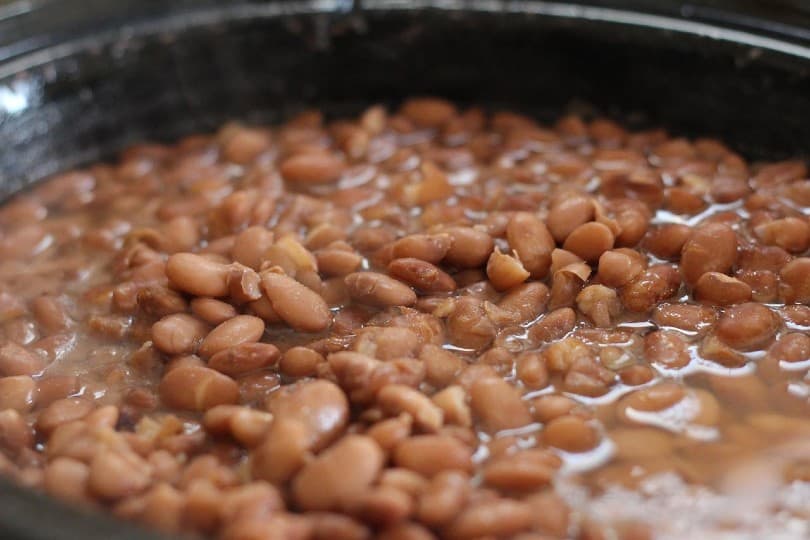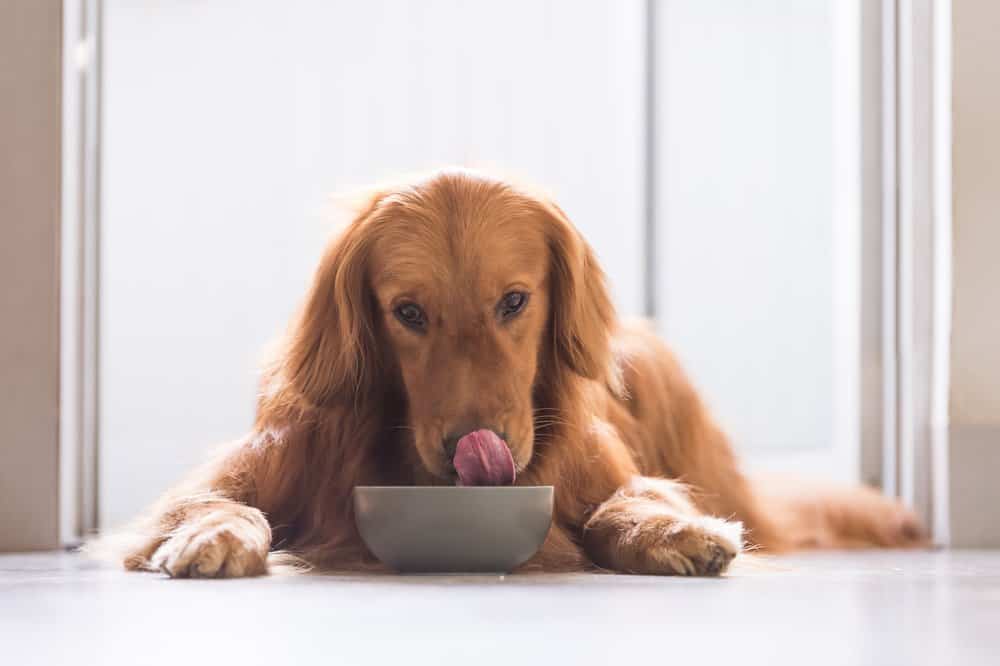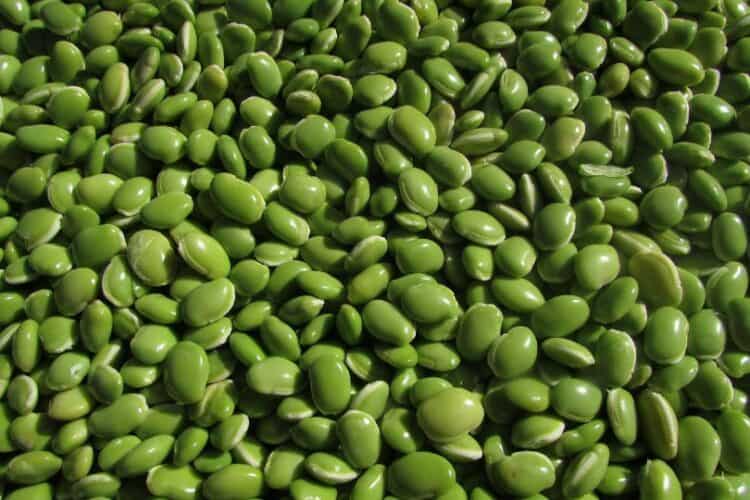The health benefits of beans for humans are well-known, so you may be wondering if dogs can benefit from this superfood, too. Or, you might be concerned because your dog has gobbled up a bean that strayed across their path at dinnertime. The good news is that dogs can eat some types of beans in moderation and as long as they’re prepared properly.
Let’s dig into which types of beans are good for your dog, which ones aren’t, how many beans you can give to your dog, and the best way to prepare each type of bean before feeding.
Which Beans Are Good for Dogs?
Beans are high in fiber and contain protein and a variety of vitamins, so the right kind of beans can be a healthy treat to supplement your dog’s diet. Some are even included in commercial dog food.
If you choose to offer any of these beans to your dog, make sure to cook them first (except for edamame beans and green beans). This is because uncooked beans can make your dog sick due to the presence of Lectin. You should also feed beans completely plain and without any seasoning, oils, spices, or sauces.
- Edamame beans
- Green beans
- Navy beans
- Kidney beans
- Black beans
- Butter beans
- Pinto beans
- Cannelini beans
- Chickpeas
- Runner beans (cut into small pieces)

Which Beans Are Bad for Dogs?
Unfortunately, not every type of bean is suitable for dogs. Some are too high in sugar and salt, whereas others are cooked with ingredients that can make your dog unwell. Keep your dog away from:
- Baked beans and other canned beans
- Refried beans
- Broad beans (fava)
- Raw kidney beans
- Chili beans
How Often Should I Give My Dog Beans?
Beans should be fed as a treat or to supplement your dog’s standard diet—they shouldn’t replace it. It’s recommended that treats shouldn’t make up more than 10% of your dog’s standard daily calorie intake, no matter how healthy the treats may be. Moderation is key when it comes to feeding beans to your dog.
Dogs require a diet containing protein, amino acids, fatty acids, carbohydrates, vitamins, and minerals to stay healthy and active. High-quality dog foods from trusted brands are nutritionally complete in this way. You might also want to consider a personalized dog food cooking and delivery service if you’re willing to splash out a bit more.
Are There Any Side Effects to Feeding Beans?
Though a small amount of safe beans fed in moderation is nutritionally friendly for your dog, they may still get a little flatulent! Feeding too many beans can make your dog bloated, and this is something that needs immediate veterinary treatment. Even if bloating is normal in the human world, in the dog world, the accumulation of gas can be quite dangerous.
When it comes to beans your dog shouldn’t be eating, like baked beans and refried beans, these often contain other ingredients like tomatoes, garlic, and onions which are bad for your dog. Eating unsafe beans can cause your dog abdominal pain, vomiting, and diarrhea.

What Do I Do If My Dog Ate Baked Beans?
If your dog only ate a small number of baked beans—like sneakily lapping a few up off the floor when they thought you weren’t looking—it’s unlikely that they’ll become seriously sick, but keep an eye on them nonetheless. If you think your dog has eaten a large number of baked beans, call your vet to find out if you need to bring them in for evaluation.
Final Thoughts
Bringing it all in, some beans are safe for dogs when fed in moderation and others aren’t. Unsafe beans, like baked and refried beans, are often loaded with sodium, preservatives, sugar, and sometimes toxic ingredients like onions and tomatoes, so feeding them to your dog just isn’t worth the risk. If you want to feed your dog beans, always go with safer options like cooked kidney beans, pinto beans, and black beans.
Featured Image Credit: Pixabay














